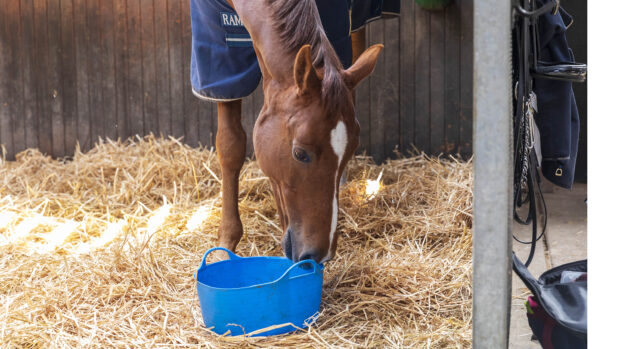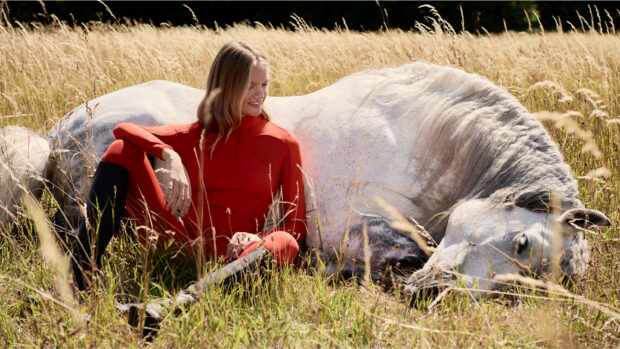The West Highland White Terrier is among the most popular of the terrier breeds, having charmed its fans for some three centuries. It’s a universally favoured breed, starring as the Cesar dog food mascot and poster dog in the US, to the cartoon Asterix’s sidekick Dogmatix. Showbiz celebrities such as Jennifer Aniston, Bruce Springsteen and Paris Hilton are also Westie lovers, and who can blame them; the Westie is an intelligent, good-natured and loving family pet who is equally adaptable to town or countryside.
This delightful little white terrier may look like a plush toy, but beneath that adorable facade is a game working terrier with tremendous courage. With its wiry coat, plucky character and background on the cold Scottish hills, this is no fluffy lapdog, although they are undeniably cute. They were originally bred to work on the moors, developed from Cairn terrier ancestry up in Scotland. Until the 19th century the white strain of the Cairn Terrier had not been favoured, however breeders worked out that they were much easier to spot when working on the moors and so the West Highland White came into being. It’s a little shorter than the Cairn and with a slightly higher tail carriage, which seems set on permanent wag-mode.
Originally this terrier went by the names Poltalloch or Roseneath, due to the estates where it was bred, but in 1907 it was officially accepted into the UK Kennel Club as the West Highland White.

The West Highland White Terrier is a tough and game little dog, up for any challenge
West Highland White Terrier: fact file
Kennel Club breed group: terrier
Size: small
Daily exercise: an hour a day
Coat: medium; shedding
Colours: only white. Eyes are set wide apart, dark and with heavy eyebrows.
Lifespan: more than 12 years
Bark: in common with many terriers, they are prone to excessive barking, so need considered training to stop barking becoming a nuisance. On the other hand, they make a great little watchdog.
Distinctive features: always white, small, active, game and tough, with a permanently wagging tail. They have small pointy ears, and comparatively large teeth.
Temperament: alert, jaunty and courageous. They are independent and self-reliant yet friendly.
Things to consider: as this is a diminutive breed, you should consider a small-breed puppy food to give him the best start in life. He’ll also enjoy the cosiness of a small dog bed, so no need to shell out on a large one!
Enjoy the fact that this is not a needy breed. They are wonderfully independent, and require little pampering despite their cute looks. However, with that all-white coat, you’ll need to keep up stocks of dog shampoo to keep him looking pristine.
Training: they’ll chase anything that moves, so work on their recall from an early stage.
They were bred to work independently, so training can be a challenge and needs to be both consistent and interesting, with sessions kept short and sweet.

Complete Guide To West Highland White Terriers
Using input from eight top Westie breeders, this book is the perfect guide to help any new Westie owner raise a happy and healthy dog from puppy to old age.

All about the bull terrier

All about the Bedlington Terrier

10 questions to ask yourself before getting a dog

10 British dog breeds everyone should own (at least one at some point in life)

Are you a responsible dog owner? 10 rules you should follow – or face a hefty fine

Subscribe to Horse & Hound magazine today – and enjoy unlimited website access all year round
Horse & Hound magazine, out every Thursday, is packed with all the latest news and reports, as well as interviews, specials, nostalgia, vet and training advice. Find how you can enjoy the magazine delivered to your door every week, plus options to upgrade your subscription to access our online service that brings you breaking news and reports as well as other benefits.




